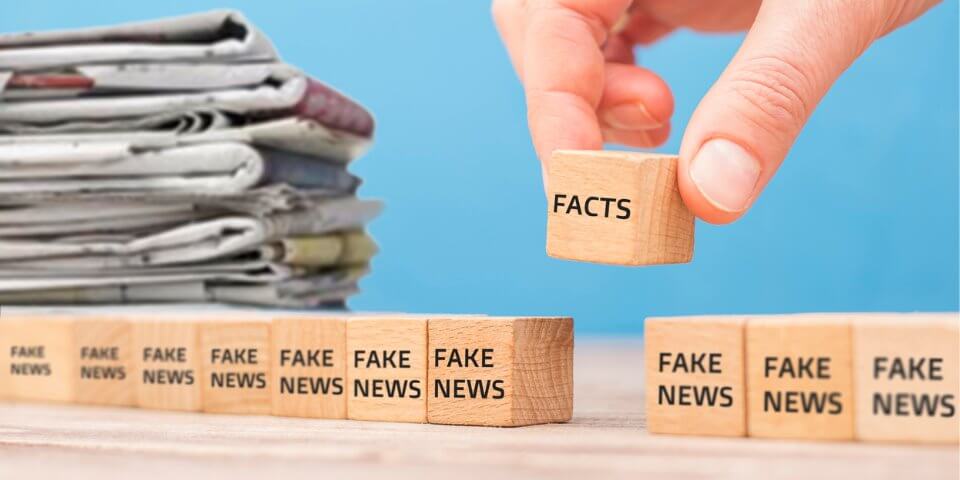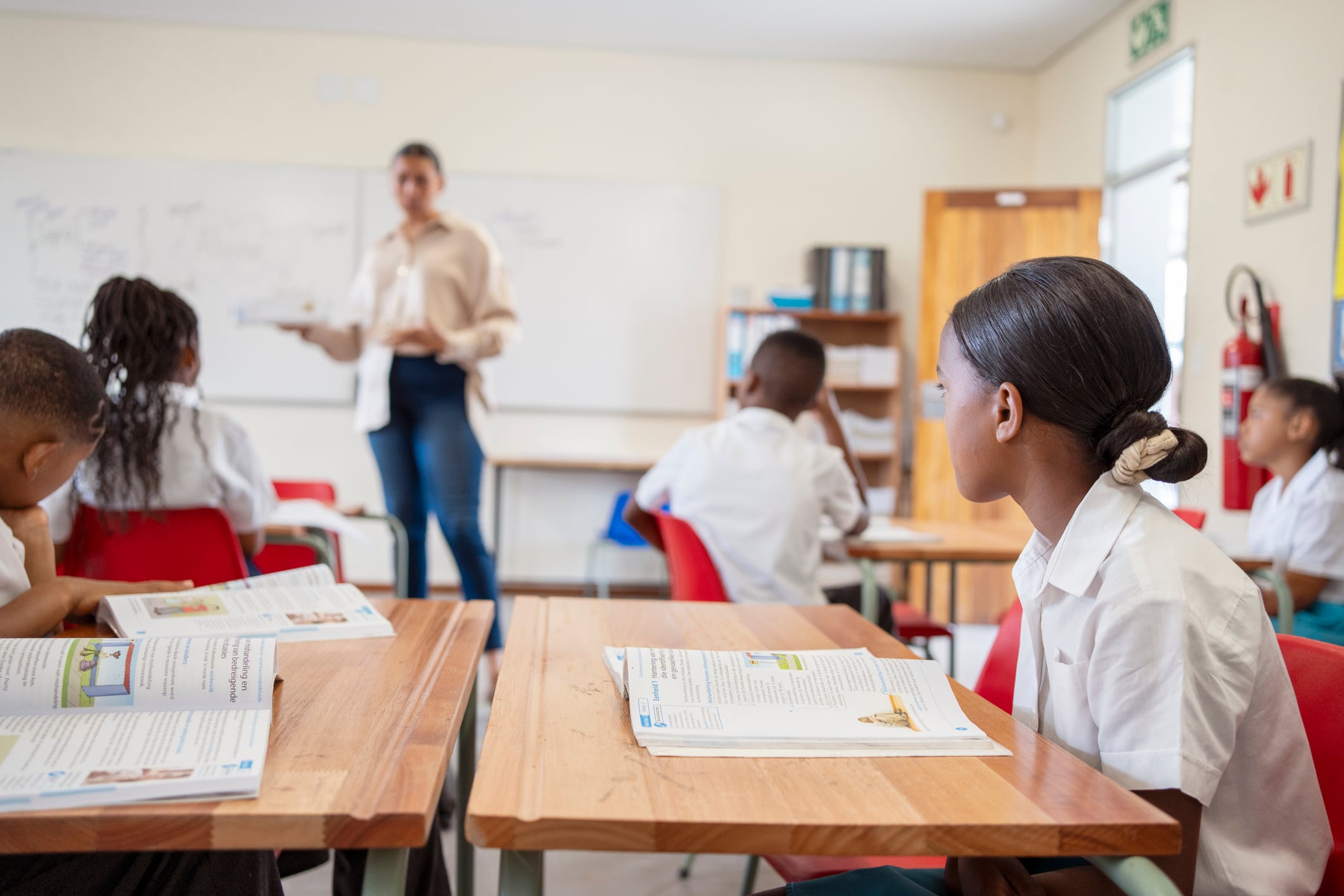9 Tips For Spotting Fake News
Critical Literacy
31st October 2019

What is fake news?
‘Fake news’ has become one of the most commonly-used phrases in the media in recent years, but it means different things to different people.
The general meaning of fake news is usually seen as being stories that have been made up or exaggerated, in an attempt to influence the way people think. The most common types of fake news are political.
Read more about the history of fake news, before arming yourself with our top tips for spotting it.
How do I spot fake news stories?
-
Don’t automatically trust search engines
Just like with human beings, you can’t always trust the information you’re given by a search engine. Search engines like Google or Bing are undoubtedly fantastic ways of seeking information, but many people are all too quick to just assume that search results only include trusted pages, true stories and honest shopping sites. These searches can be littered with fake news stories disguising themselves as honest, trustworthy content.
Remember, search engines rely on algorithms to sort out which pages are probably going to help us, but there isn’t a real person looking at those results to see whether we’re being given reliable sources. New websites spring up all the time, and people can artificially increase page views to fool search engines into thinking it’s a good site.
-
Ask yourself: Is this site or source trustworthy?
Any time you’re reading a new website or newspaper, you should always ask yourself if it’s reliable. Have you heard of it before? How long has it been going? Do people trust it? If you don’t know, do some research. Search the name of the website to see what you can find out about it, and see what sort of reputation it has.
-
Try finding the story somewhere else
If you see a story on social media that seems incredibly shocking or outrageous, be sure to check if it’s on any respectable news sites. It could be possible that you’re reading the only report of the story, but in 2019, that’s pretty unlikely. Check to see if it’s mentioned on Google News, BBC News or Twitter to see it’s a genuine news story. Also, make sure you’re reading a news story and not an opinion piece – those lines can often blur all too easily.
-
Check to see if their sources are credible
When you read a story or quote online, there’ll often be hyperlinks to sources, or links at the end of the article. Ask yourself: Are they genuine? Do the links show what’s claimed? Make the effort to check them out and see for yourself. If there’s an unbelievable quote from someone, give it a quick Google it to see if it’s correct or if its meaning has been misconstrued for the sake of the story.
-
Check that’s it not a joke!
We’re not joking.
Some very famous journalists have fallen victim to joke news stories in the past, so make sure you don’t join them! The web has several comedy sites that are full of realistic-looking news stories that poke fun at current events, so don’t be fooled.
-
Investigate the author
Is the author of this article a proper journalist? Search their name to find out, and see what else they’ve written. Are they constantly writing stories that sound unbelievable? Are their articles on genuine news sites? And is it genuinely them? There are lots of spoof accounts on sites like Twitter, so always check to see if you’re unsure.
-
Be hesitant of headlines
Websites often use shocking headlines to draw people in and increase the number of hits on their site. But do the facts in the story you’re reading back up what the headline claims? Never base your opinion on the headline and the introduction of a news story; read to the end, then make a judgement.
-
Check the facts
In response to the current climate, several fact-checking organisations have been set up in recent years to try and counter the damaging effects of fake news. Here are three that you can use with your pupils:
-
Remember, pictures can lie, too
A picture might tell a thousand words, but who’s to say those words aren’t fibs.
It can be hard to tell if a picture has been faked, especially if it’s been done by someone who knows what they’re doing. Software such as Photoshop can be used to adjust and combine images so that they show events that never happened or people who were never together, and spotting it is tricky. This is especially true on the internet and social media, because with small, low-quality images it makes it even harder to tell whether they’ve been altered in any way.
In case you’re wondering, most of the current affairs and sport pictures in First News come from Getty, one of the world’s biggest photo agencies. They have lots of trusted photographers and experts who can spot any dodgy pictures, so you and your pupils are in safe hands with us!
But if you ever see a picture online and want to check if it’s genuine, there are some websites and tools that can help you if you want to do some investigating of your own:
- Google Images (you can upload a picture and search for anywhere else it appears on the web)
- fotoforensics.com (allows you to upload an image and analyse it)
First News’ ‘I don’t get it’ video on Fake News delvers deeper into the subject and is perfect for introducing the concept to your class.
Interested in First News?
First News reaches millions of young readers every week, at home and at school. Our age-appropriate news stories and activities spark curiosity, build media and information literacy skills and empower children with the tools to navigate the world.



